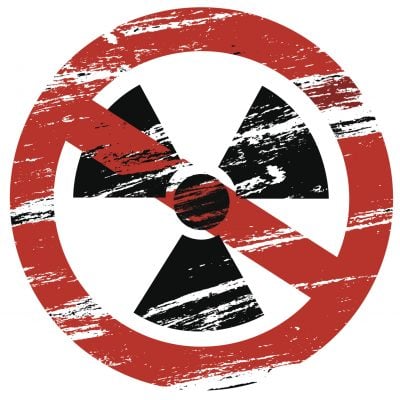Threatening Words, Threatened deeds, and the Possibility of War in Korea

The word-war between Washington and Pyongyang advanced from grandiose insults to concrete threats on Monday, seeming to march eerily in line with warnings that rhetoric-mongering among US and North Korean leaders could, over time, lead to war. In response to recent tweets by President Trump and bomber patrols by US aircraft, North Korean Foreign Minister Ri Yoon Ho announced that the United States had essentially declared war on his country, and so the North now has the right to shoot down US military aircraft “even when they are not inside the airspace border of our country.” This drew a factually correct but poorly contextualized comment from White House press secretary Sarah Huckabee Sanders:
“We have not declared war on North Korea and, frankly, the suggestion of that is absurd.”
If it does not constitute an official war declaration (and it doesn’t), Trump’s recent rhetoric—which includes a threat to “totally destroy” North Korea and the observation that its leader, Kim Jong-un, and his foreign minister “won’t be around much longer” if they keep threatening the United States—does have experts in and out of government nervous, the New York Times reports. Some of those experts are gaming out war scenarios for the Korean Peninsula, and shaking their heads at the potential carnage. The Los Angeles Times quoted James Stavridis, a retired Navy admiral and dean of the Fletcher School of Law and Diplomacy at Tufts University, as putting
“the chances of conventional conflict with North Korea at 50-50 and the chances of nuclear war at 10 percent.”
“The Pentagon has estimated the potential number of dead in South Korea at 20,000 each day,” Rob Givens, a retired Air Force brigadier general who spent years in South Korea told the Los Angeles newspaper. “And that is before the North Koreans turn to nuclear weapons.”
If North Korea were to detonate a 150-kiloton nuclear warhead (the approximate size of the device it most recently tested underground) in Seoul, about 417,000 people would die and 1.89 million would be injured, according to the Nukemap simulator created by Stevens Institute of Technology professor Alex Wellerstein. Those figures ignore the effects of radioactive fallout.

